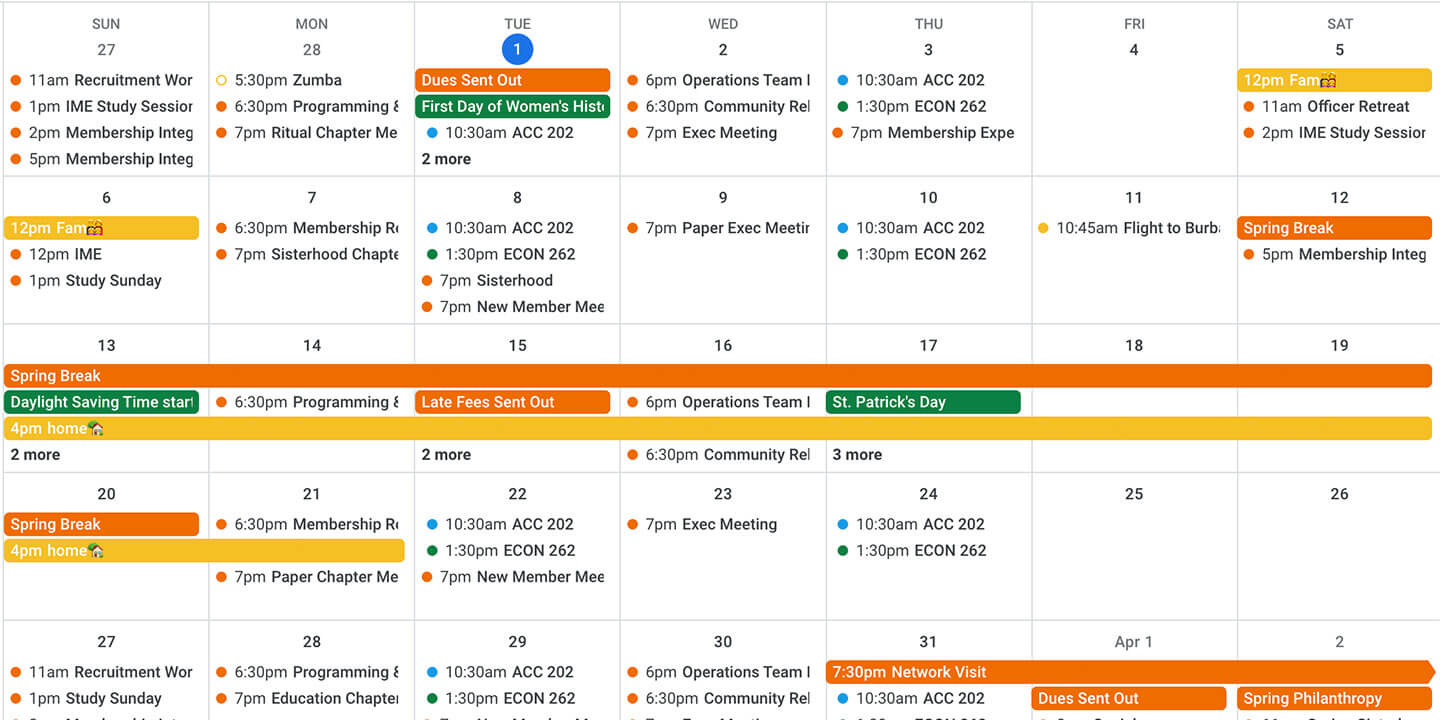
Staying Organized During a Busy Semester
Staying organized can be a difficult task, especially when you have a lot on your plate. As a college student, we have a lot to keep track of: classes, assignments, exams, and even extracurricular activities. It is so easy to become overwhelmed. Here are three things that help me to stay organized all semester long.
Get and Use a Planner
Planners will be your best friend. Even if it is a digital planner, it can be so helpful to make note of everything. I use my planner daily and write down all my assignments that are due within the month just to keep track of everything. I also find that writing your to-do list in your planner and being able to cross off items is not only satisfying but also helpful in showing what you have accomplished in the day. I have found that visual aspect of using planner is what really helps me stay on track.
Use Color
I have found that using color with my planner is extremely helpful. Not only does it help differentiate what is what for your classes but also makes it more fun to look at. It may even make it easier and more motivating to complete assignments. Colors don’t have to be just for classes either. I have designated colors for my personal calendar and extracurricular activities as well.
Time Management
As a student, I know managing time can be a hard task. But, with having an organized planner and knowing what needs to get done for the day, time management is key. Optimizing downtime is what I have found most helpful. If you have a break between classes, think, “What can I get done in the next hour?” I have found it helps to block out time for assignments and activities even though it is not a set class time.
With these three steps, staying organized can be easy. These steps have helped me survive my first in-person year. I can manage 5 classes, a job and a leadership position in my sorority. Feeling overwhelmed isn’t entirely avoidable but organizing your thoughts can help.
Do you have a compelling story or student success tips you’d like to see published on the Pearson Students blog? If you are a college student and interested in writing for us – click here to pitch your idea and get started!





